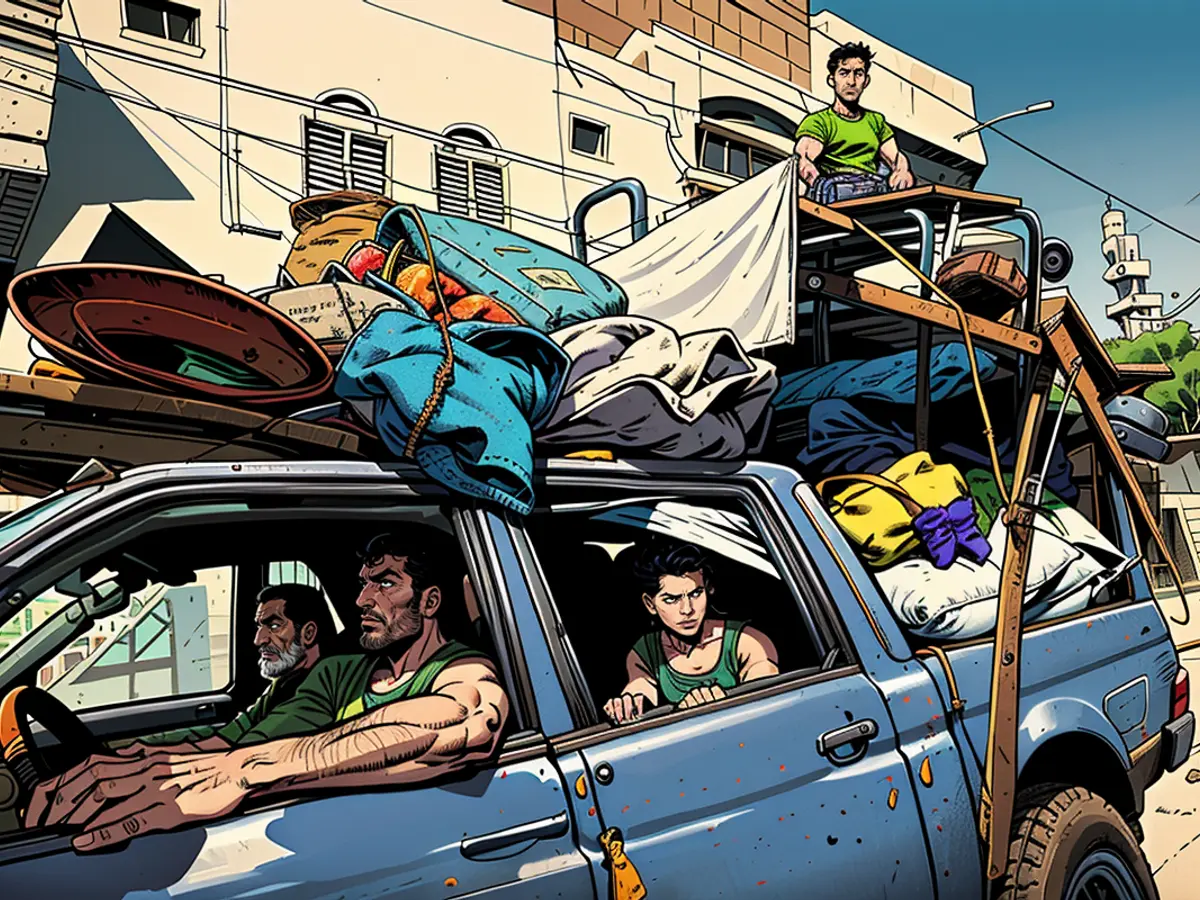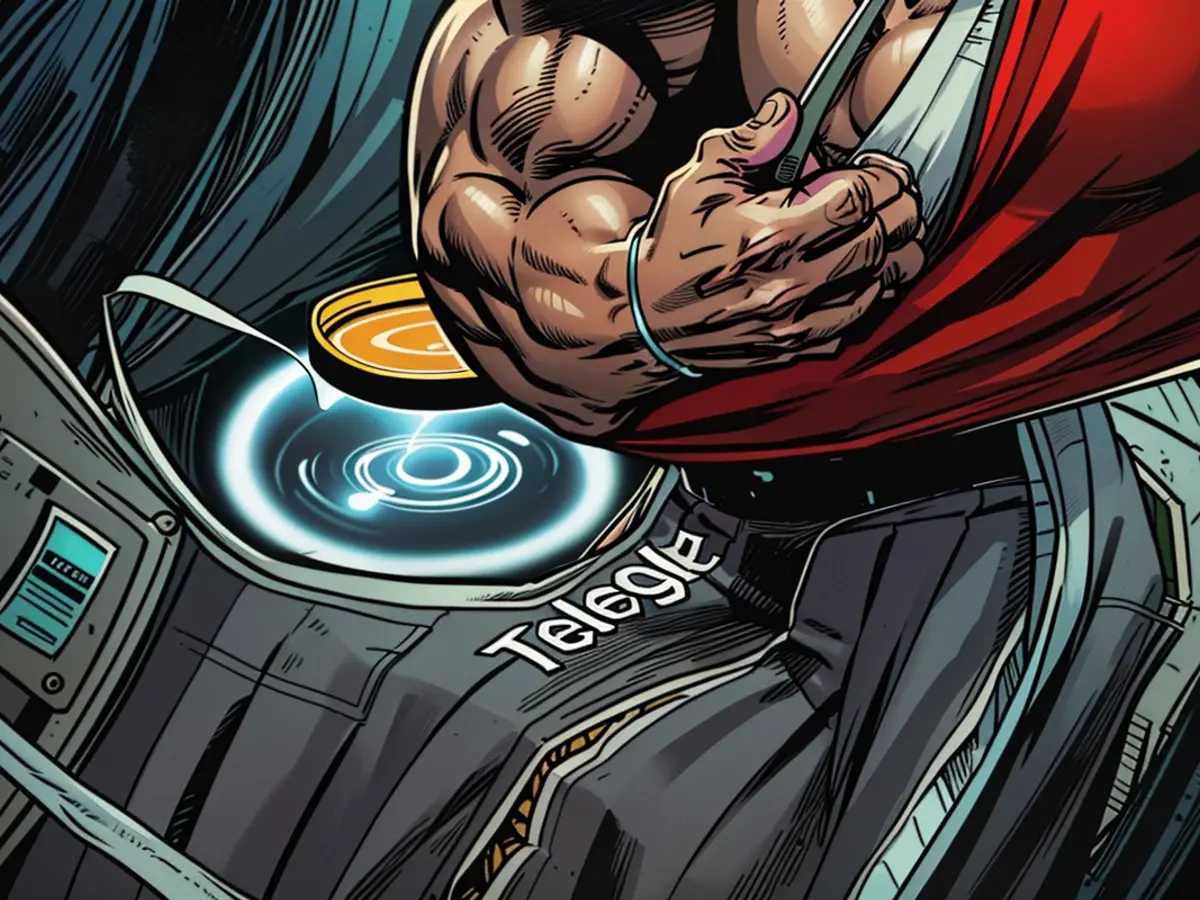Miles de personas están evacuando varias áreas en el sur de Gaza tras el nuevo aviso de evacuación emitido por el ejército israelí.
La gente estaba caminando o montando en carretas de burro mientras se alejaban de las regiones este de Deir al-Balah. Algunos estaban viajando en vehículos personales, repletos de sus pertenencias, como colchones, mantas, contenedores de agua y botellas de gas. Las calles parecían estar cubiertas de folletos lanzados por el IDF, recordando a la gente de la orden de evacuación.
Según un estudio de CNN, en el último mes, el IDF ha reducido la zona humanitaria en Gaza en un 38%, emitiendo notificaciones de evacuación el 22 de julio, el 27 de julio, el 16 de agosto y el 21 de agosto.
Esto ahora equivale a 39 kilómetros cuadrados, apenas superando el 10% del área total de Gaza.
Durante esta última evacuación, las masas se abalanzaron sobre un camión de ayuda de la ONU, arrebatando pequeñas bolsas de ayuda.
Uno de los individuos que huían, Muhammad Awad, habló con CNN: "Ha habido bombardeos, disparos y vigilancia de drones desde esta mañana en el este de Deir al-Balah, por lo que no nos queda más opción que irnos. La gente está yendo a lo desconocido. No tienen idea. Hubo una orden de evacuación".
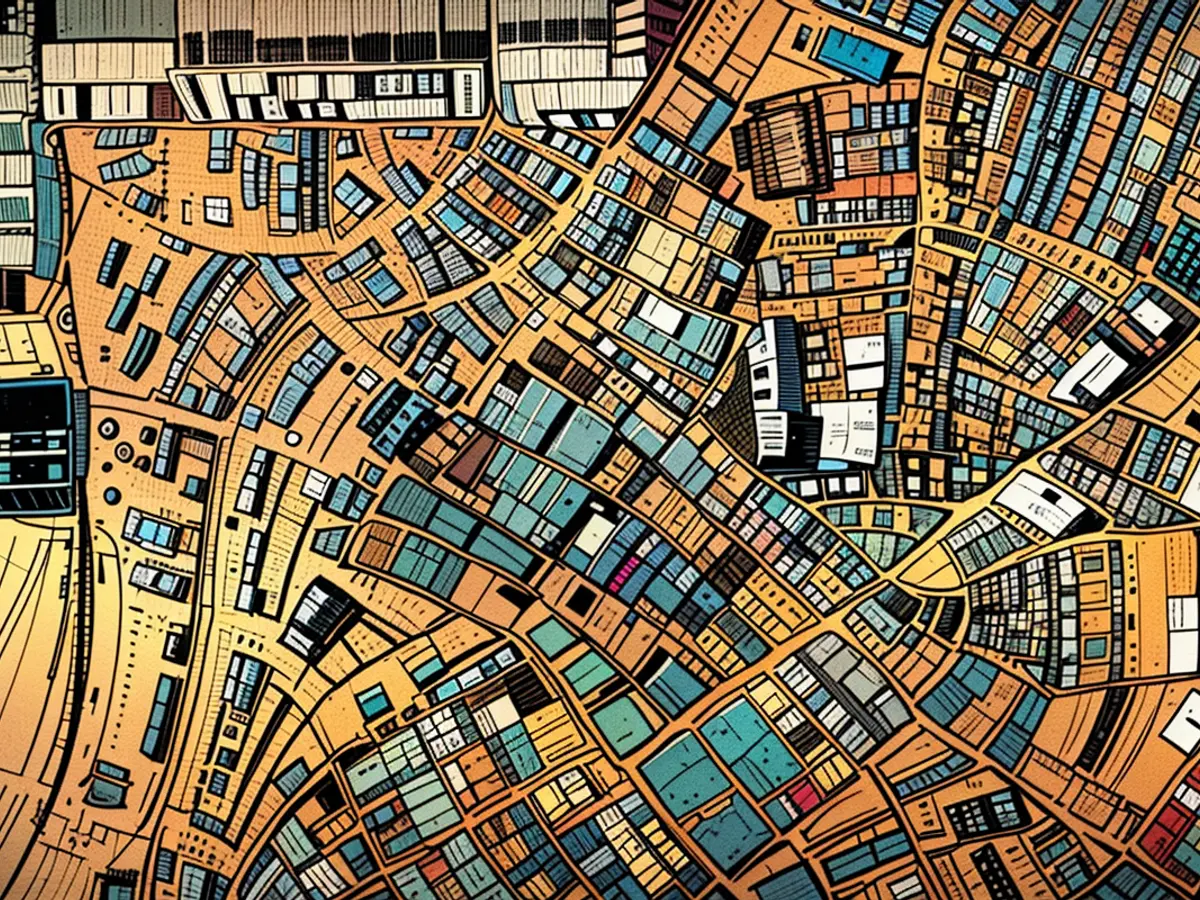
Recientes imágenes satelitales obtenidas por CNN de Planet Labs muestran la multitud de gazatíes que evacuaron de áreas que ya no son parte de la zona humanitaria. Aquí hay una vista de la zona humanitaria cerca de Qizan an Najjar antes del 16 de agosto. Una mujer llamada Um Alaa, sentada en una carreta, dijo que esta era la cuarta vez que era obligada a evacuar desde octubre pasado. "No sabemos a dónde ir. Solo estamos tratando de encontrar un lugar seguro lejos de esta área peligrosa. Todo Gaza se ha vuelto peligroso".
Algunos estaban entrando en pánico sobre lo que podría suceder a continuación.
Un hombre mayor dijo: "No hay más opciones. Solo había Deir al-Balah, y ahora nos están pidiendo que evacuemos Deir al-Balah. Tengo miedo de que mañana nos confinen a todos en la costa de Deir al-Balah, luego nos eliminen a todos".
"Después de tantos desplazamientos, ya no tenemos energía para evacuar otra vez".
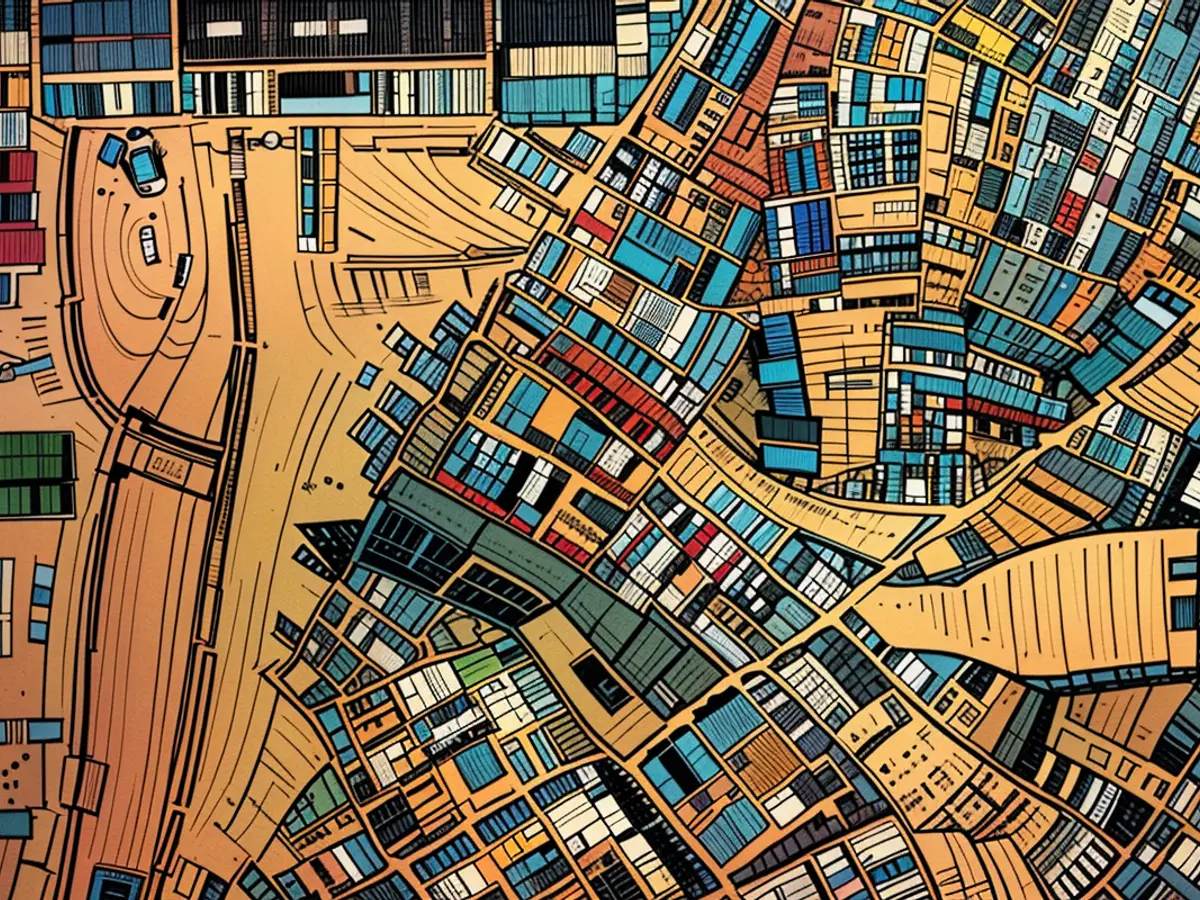
New satellite images obtained by CNN from Planet Labs shows just how many Gazans fled the areas that are no longer marked as being in the humanitarian zone. Above, the humanitarian zone near Qizan an Najjar before August 16.
Nuevas imágenes satelitales obtenidas por CNN de Planet Labs muestran exactly how many Gazans fled the areas that are no longer marked as being in the humanitarian zone. Above, the humanitarian zone near Qizan an Najjar before August 16. Um Ismail, a woman with small children, declared that the people were helpless.
"Why are they attacking us? We are not Hamas, we are simply people staying in our homes. They've displaced us not once, but 10 times. Why? What have we done?"
A female passenger in the back seat of a car yelled, "Do you want to know what's happening – ask Hamas and the Israelis if you want to know what's happening to us."
Her family confirmed that this was their second displacement. For a tiny few, it was the first time they'd needed to relocate since the conflict began.
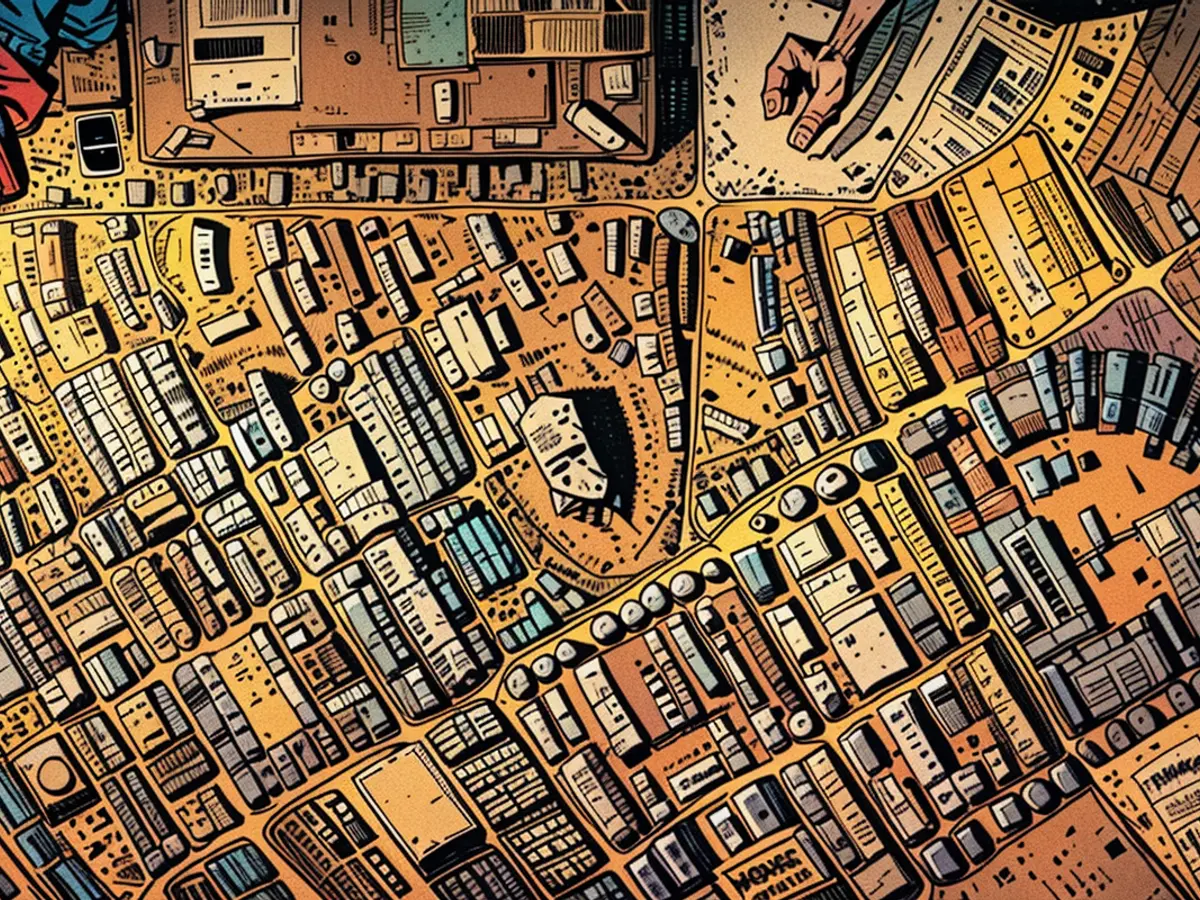
One man was sobbing while driving a car filled with women and children. "I have no idea where we're going. Anywhere we can stay. God save us. This is the first time I'm being displaced."
Recent satellite images secured by CNN from Planet Labs show just how many Gazans evacuated from areas that are no longer part of the humanitarian zone. Here's a look at the humanitarian zone near Al Qarara before August 7. But for Umm Said, this was the seventh move within just a few months.
"I don't know where I'm going. They told me to leave, so I left. We have no idea...Every time we find a spot and settle down, they tell us to go back. And here we are. I've taken some flour for the children, what else can I take with me!"
Abu Muhammad Hajjaj, a resident of Gaza City, had been displaced from the Shujaiya neighborhood.
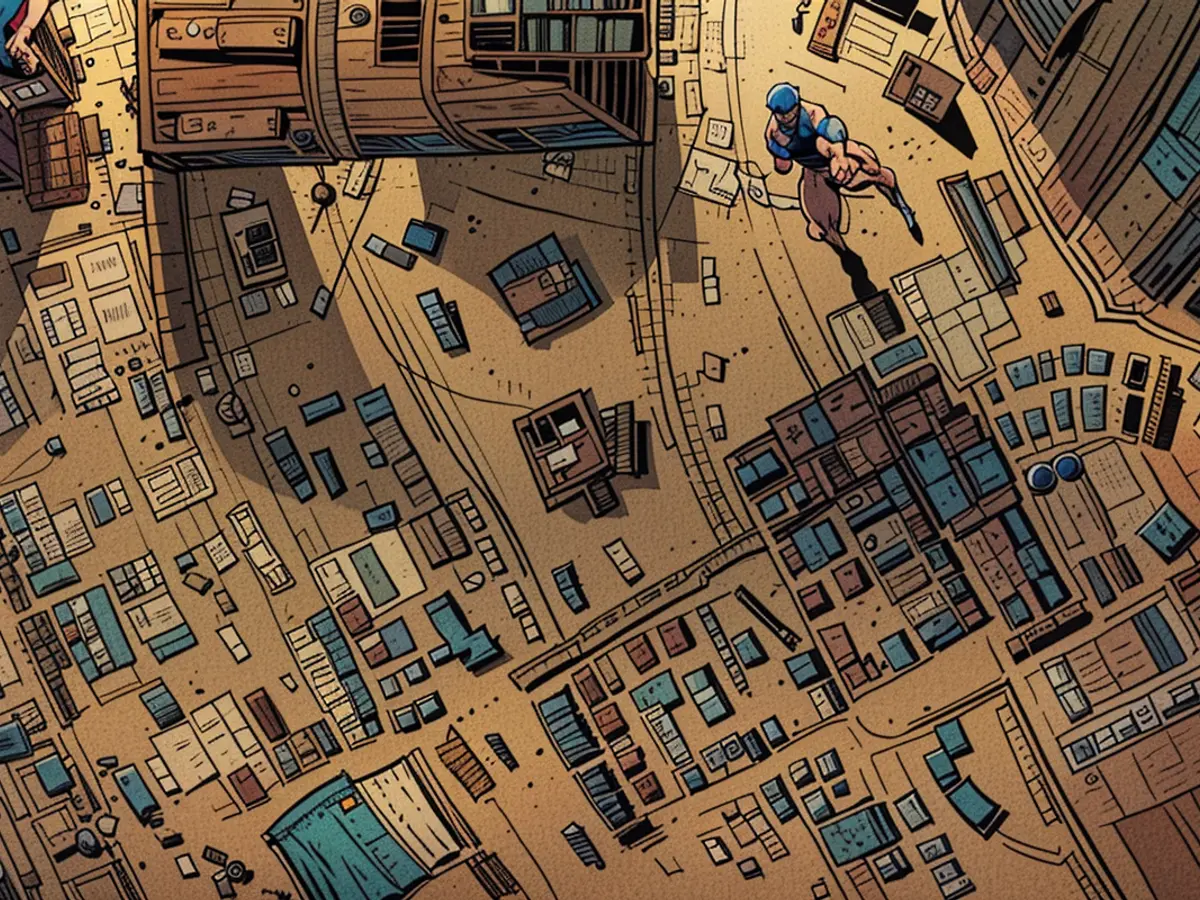
New satellite images obtained by CNN from Planet Labs shows just how many Gazans fled the areas that are no longer marked as being in the humanitarian zone. Above, the humanitarian zone near Al Qarara before August 7.
New satellite images obtained by CNN from Planet Labs shows just how many Gazans fled the areas that are no longer marked as being in the humanitarian zone. Above, the humanitarian zone near Al Qarara before August 7. "We came here to our relatives in Deir al-Balah. Today, they have asked us to evacuate. We don't have any resources; we don't even have a tent to live in. We don't have the money to hire a car. We don't know where to go," he told CNN.
"People are crying and complaining about everything: disease, hunger, poverty, lack of hygiene, lack of medicine. You search the entirety of Gaza for paracetamol for a headache, and you can't find it."
Hajjaj added, "Find us a solution. This isn't a way to live. Where are the international organizations, where is the Security Council, where is the UN?"
"We don't have money. We don't have tents. We have nothing. We're not living in our own homes. We're on the street. They cannot keep on telling us to evacuate from here and there. This isn't a way to live."
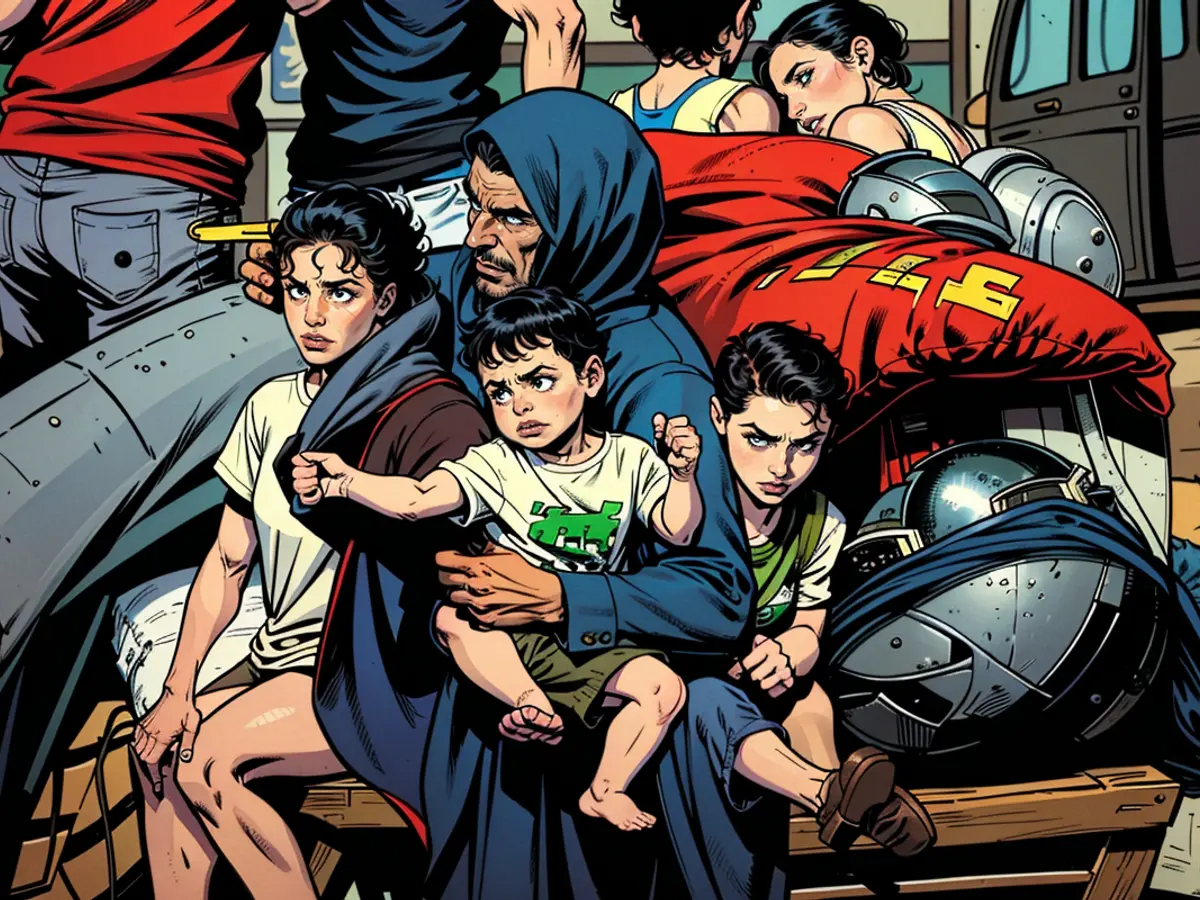
The international community is closely watching the escalating situation in the Middle East, with concerns growing about the displacement of civilians in Gaza. Despite making up a significant portion of the world's population, the people of Gaza are trapped in a cycle of evacuation and displacement, with little hope for a permanent solution.
